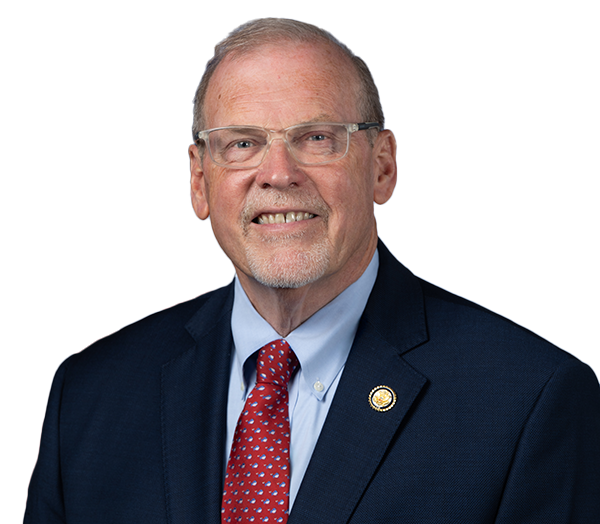On My Christmas List…
Last week, I introduced the EPA MACT (Maximum Achievable Contraction of Technocrats) Act, which would cut the EPA’s workforce by a reasonable 15 percent over a realistic three- to four-year period.
Regular readers of this column are aware that I am not the EPA’s biggest fan. However, I do want clean air and clean water, and I will give some credit where it is due. In the past, the EPA has introduced some reasonable regulations in seeking to fulfill its mission of “protect[ing] human health and the environment,” and to this day it continues overseeing some important programs. In my view, for example, this includes EPA grant programs that help provide underserved areas with clean water.
But I believe the EPA is going too far.
According to a Washington TV channel (FOX 5 DC), EPA regulations on newer-model, heavy-duty diesel vehicles (including ambulances and fire trucks) must have an emission control system that would shut the vehicle down in order to “regenerate.” FOX 5 reported that “the drivers of the rigs and the people who manage them have to stay on top of the warning lights to make sure they don't ever approach the shut down level.”
In an actual case in the nation’s capital, FOX 5 DC says a shooting victim in cardiac arrest was being transported via ambulance to a hospital when “the indicator lights on the emission control system suddenly and unexpectedly jumped from a warning to shut down in a matter of seconds, and as the engine died, [the driver] was able to pull the rig to the side of the road.” A second ambulance arrived minutes later, but the victim was ultimately pronounced dead at the hospital.
EPA says that they essentially fixed the issue in 2012, but Harold Boer, head of the Fire Apparatus Manufacturing Association, told the Washington Post, “the waiver does not fully exempt emergency vehicles and instead allows them to be retrofitted so there is more time between regeneration stops.” He also said that few cities request that their vehicles be retrofitted as it doesn’t eliminate the issue, and that “a request to the EPA for a blanket exemption for all emergency vehicles has been denied.”
Though fortunately it doesn’t appear that this has been a widespread problem, is this EPA regulation necessary? Does it “protect human health and the environment” to have diesel engines like those in ambulances, fire trucks, or large trucks on the interstate potentially shutting down in a matter of seconds?
I don’t think so.
Similarly, should fire hydrants be subject to EPA drinking water regulations that exempt shower valves and bathtub faucets? Communities across the country could have to spend millions of dollars replacing their fire hydrant inventories in order to both keep the public safe and comply with unreasonable EPA guidance that would require fire hydrants installed after January 4, 2014 to comply with the Safe Drinking Water Act.
The House unanimously passed the bipartisan Community Fire Safety Act that rejects this guidance, but the Senate has yet to act.
The EPA also uses the Clean Air Act to regulate carbon dioxide, which we breathe out, despite former Chairman John Dingell saying he hadn’t anticipated the legislation would be used to do so.
What other crazy regulatory cards does the EPA have up its sleeve?
Did you know that the number of EPA employees increased by nearly 110 percent from 1972 until 2011, while the number of total Federal personnel decreased by 15 percent? Or that, during the recent partial government shutdown, more than 95 percent of all EPA employees were considered “non-essential” and were furloughed?
Surely the EPA has more than enough resources at its disposal to continue overseeing its important programs and enforcing reasonable regulations, and a reduction in forces at the 14 buildings they occupy in whole or in part in Washington, DC might stop some of these unreasonable regulations. That’s why I recently introduced the EPA MACT Act, H.R. 3641, which would cut the EPA’s workforce by a reasonable 15 percent.
This is the time of year when folks write up their Christmas lists. The vast majority of people in our area would welcome the inclusion of the EPA MACT Act, cutting EPA employment by 15 percent, on their wish lists. It might be asking a lot of Santa for this bill to become law, but the economy of the Ninth District and our people can’t take any more job-killing, unreasonable EPA regulations.
As always, if you have questions, concerns, or comments, feel free to call my Abingdon office at 276-525-1405 or my Christiansburg office at 540-381-5671. To reach my office by email, please visit my website at www.morgangriffith.house.gov.
###

